There are few finer automotive noises than an inline six. And there were few finer inline-six noises than the ones produced by the Volvo V60 Polestar that debuted in 2013.
With a transversely-mounted engine, all-wheel drive and an estate body, the Polestar wasn’t a sports car like the F82-generation BMW M4 that debuted just a year later.
But where the BMW’s six sounded like a tumble dryer gargling diesel and rocks through a megaphone, the Volvo unit was a multiphonic experience, from refined but purposeful idle to a strident, musical top end.
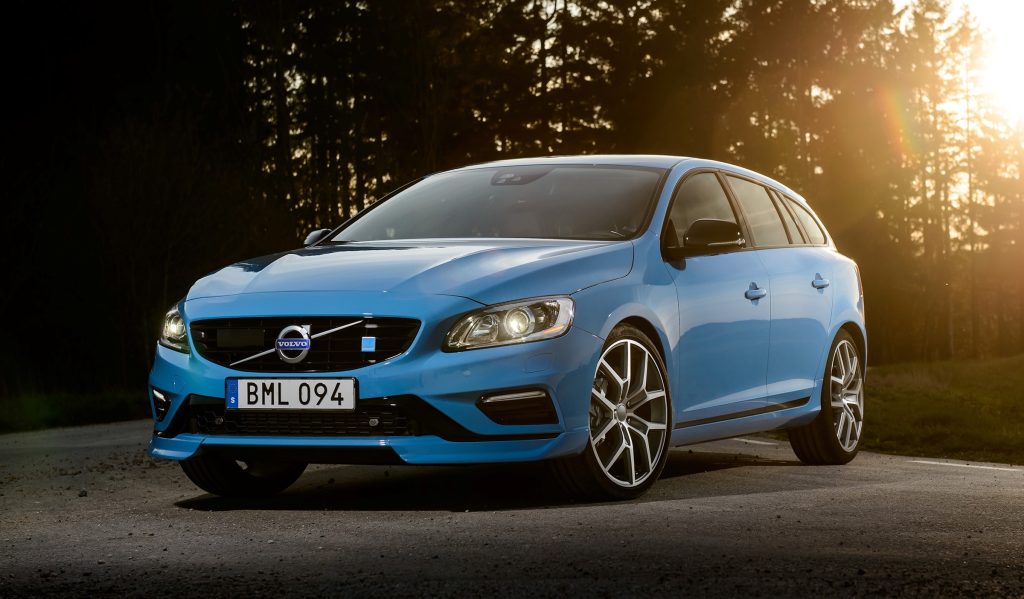
It sounded and behaved exactly the way a straight six should sound and behave, and proved a fitting send-off for an engine that was soon to disappear, as Volvo replaced fours, fives and sixes for four-pots across the board.
And while not as powerful as the M4 – its three-litre six made only 345bhp to the BMW’s 425 – the V60 Polestar (and its S60 saloon sibling, not sold in the UK) was far from a one-dimensional experience.
To prove it, Volvo launched the car at Dunsfold Aerodrome, otherwise known – and still used, at the time – as the Top Gear Test Track. It didn’t wheel out the Stig, but it did field Björk.
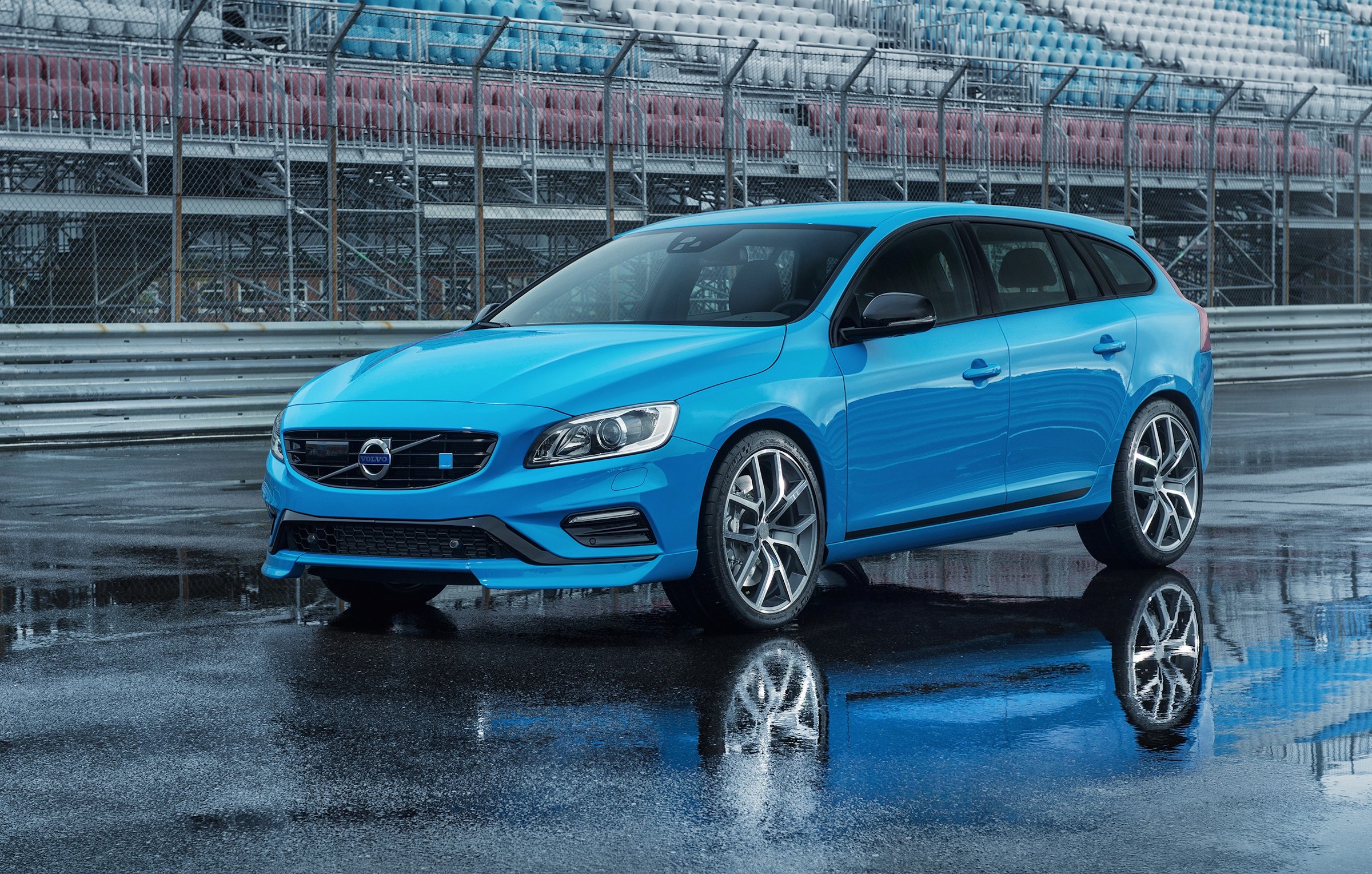
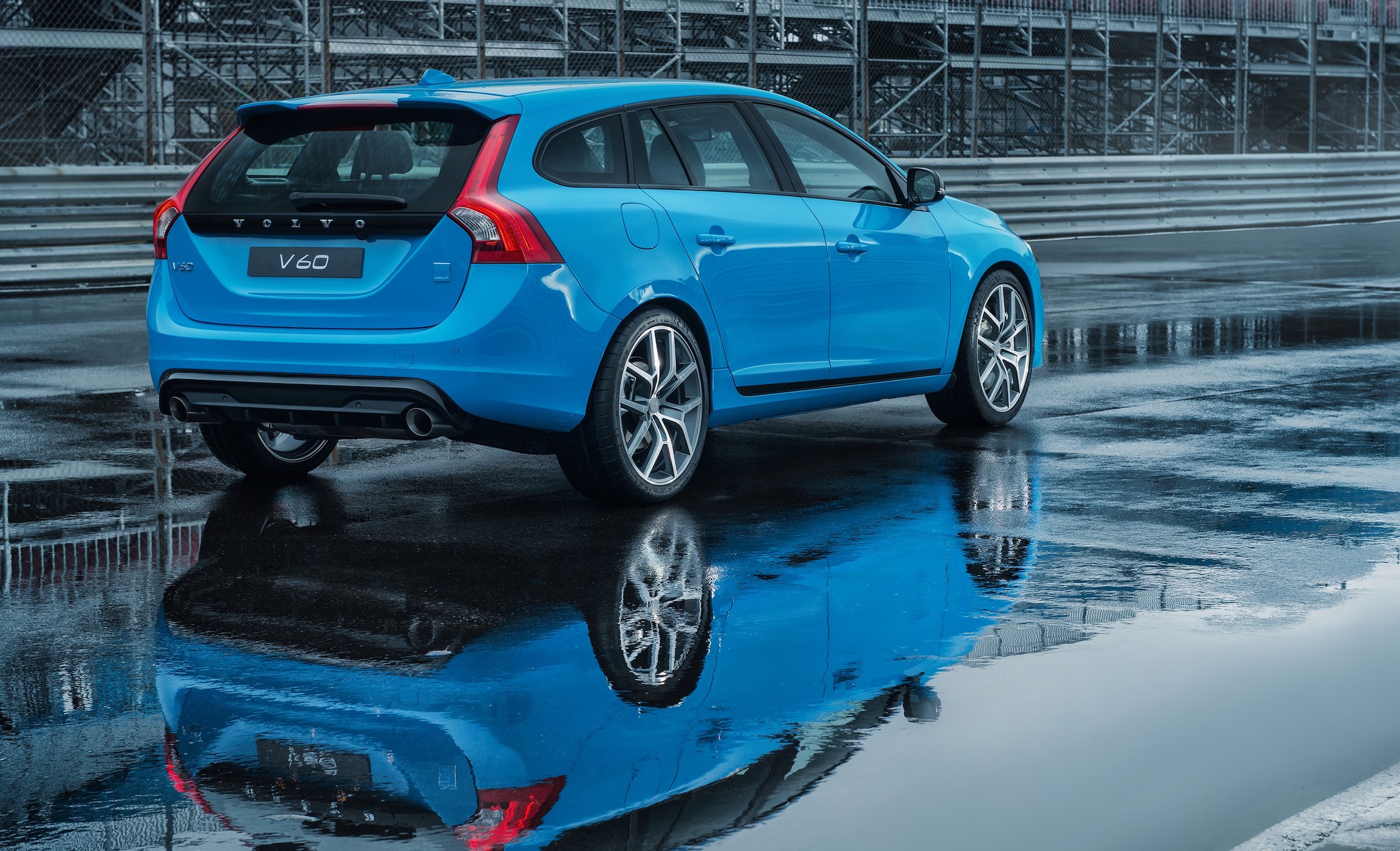
Thed Björk, that is, who’d just debuted in the World Touring Car Championship with Polestar (later Cyan Racing), and would go on to win both three Scandinavian Touring Car titles (in 2013, 2014 and 2015) as well as the WTCC in 2017.
In truth, the combination of hot-shoe driver and wide, open circuit wasn’t as exciting as Volvo had perhaps envisaged – the passenger laps were no wild, sideways thrill-ride. But it did show off the car’s strong grip and creamy engine, and when we finally got behind the wheel ourselves, the Polestar was no less appealing when presented with less talent.
It really made sense on the road though, where a thirst for unleaded aside, the standard-fit Öhlins suspension (a brand used in all subsequent Polestar models) managed to take the edge off the arch-filling 20-inch wheels and spray-on rubber, and the Brembo brakes felt great underfoot.
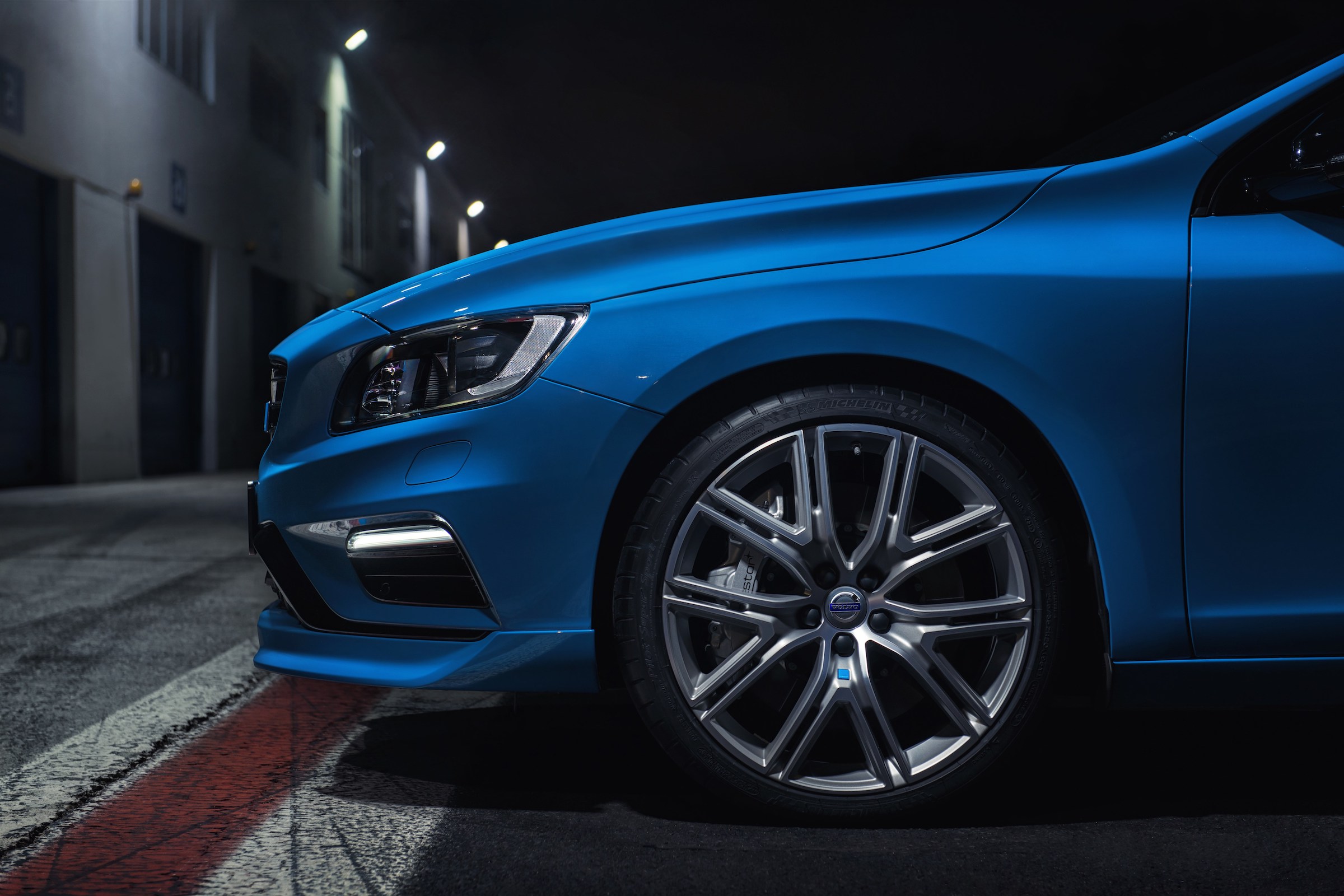
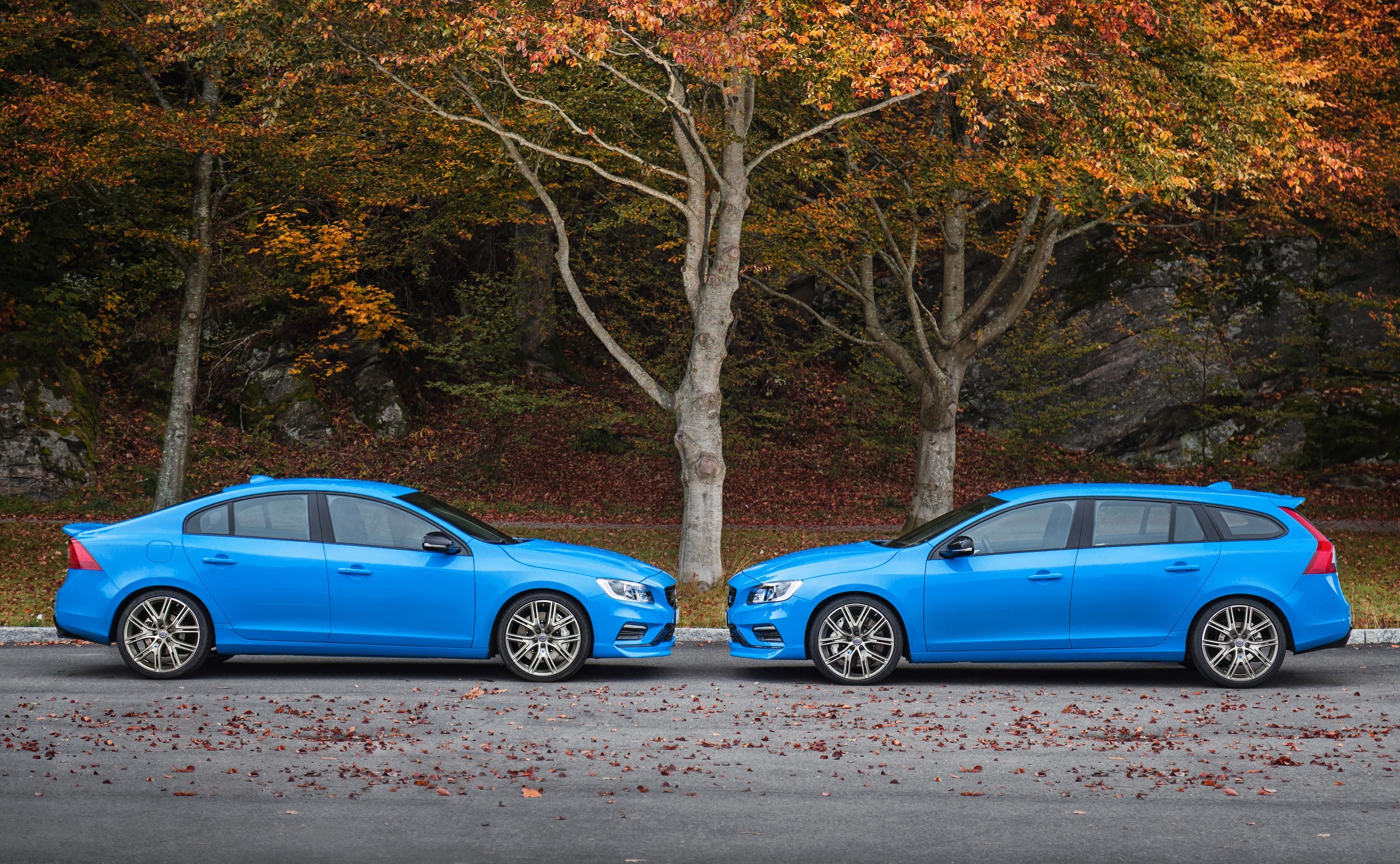
And you only had to look at the thing to realise the car’s appeal. This generation of V60 really was a handsome car, if not as practical as Volvos of old, and those fancy alloys looked spectacularly right under the arches. In Polestar’s signature Rebel Blue paintwork it was distinctive, but befitting the under-the-radar nature of a fast estate, it’s perhaps even better in a darker shade; our US colleague Eric Weiner, editor of Hagerty Media, has a Polestar in black, and it looks fabulous.
Inside too Volvo got things right, with a solid feel and, again common to the brand, some of the best seats you’ll find bolted to a vehicle. The well-considered cabin fits nicely with the V60 Polestar’s easy pace and neat handling, and of course that expensive-sounding six-cylinder exhaust note.
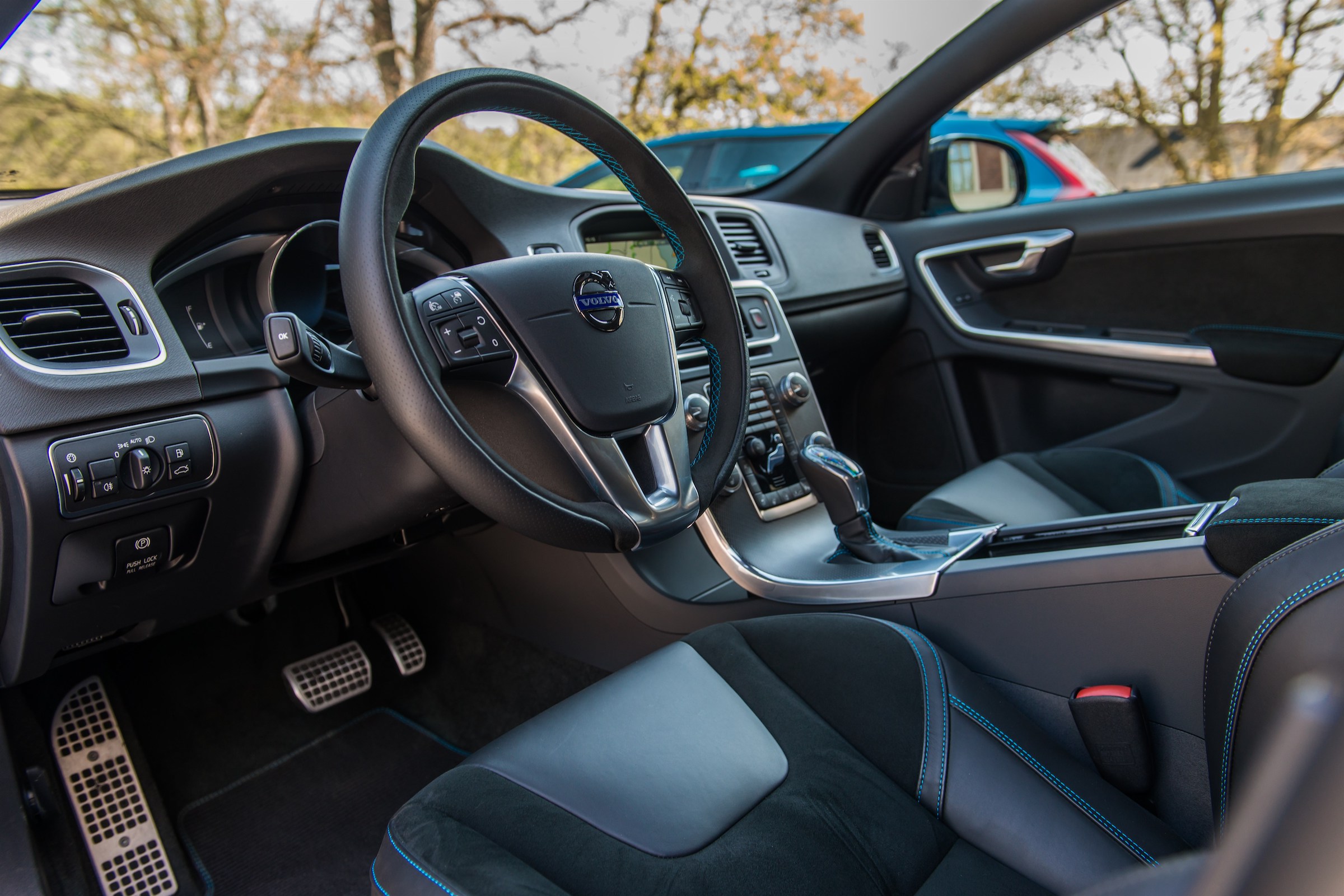
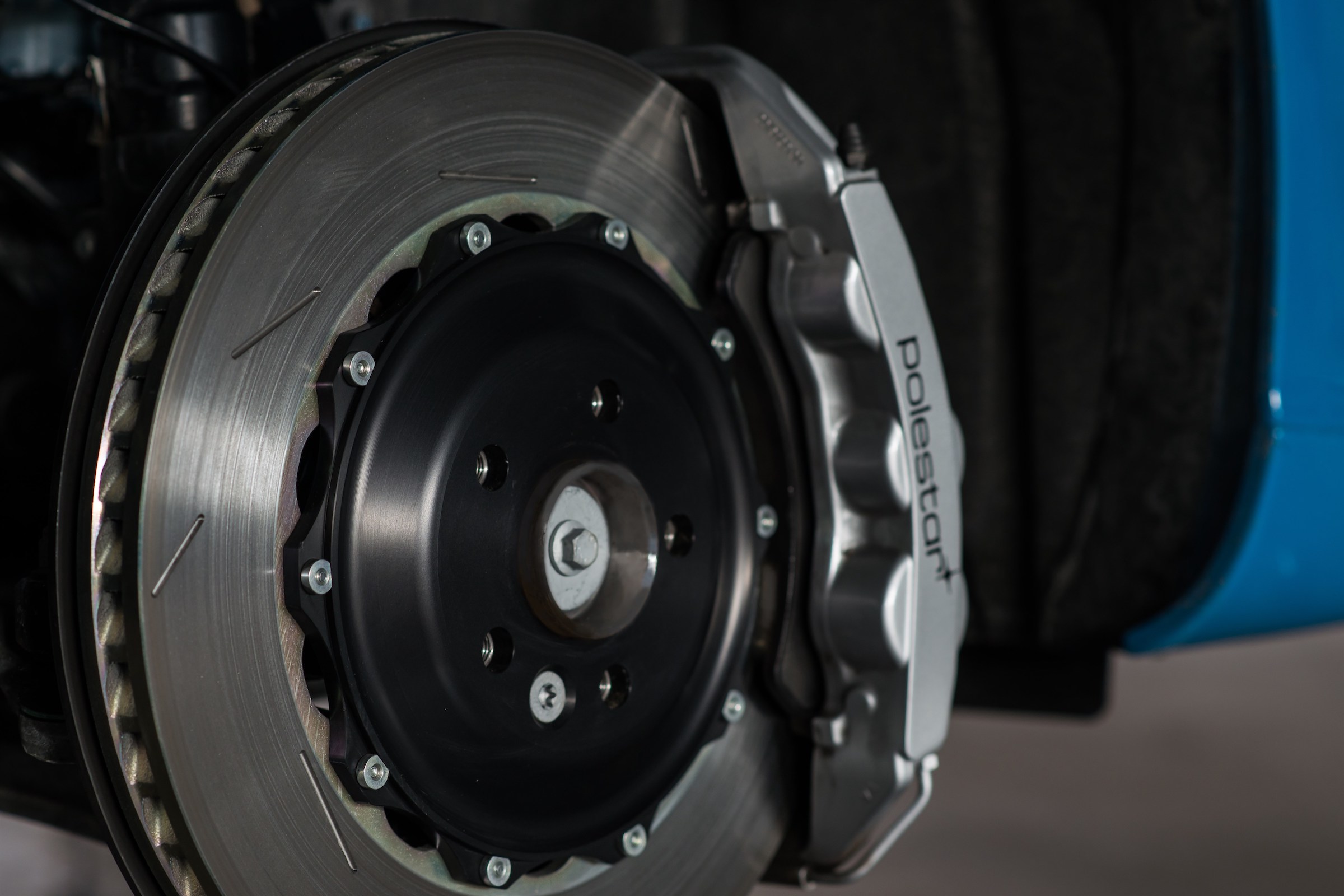
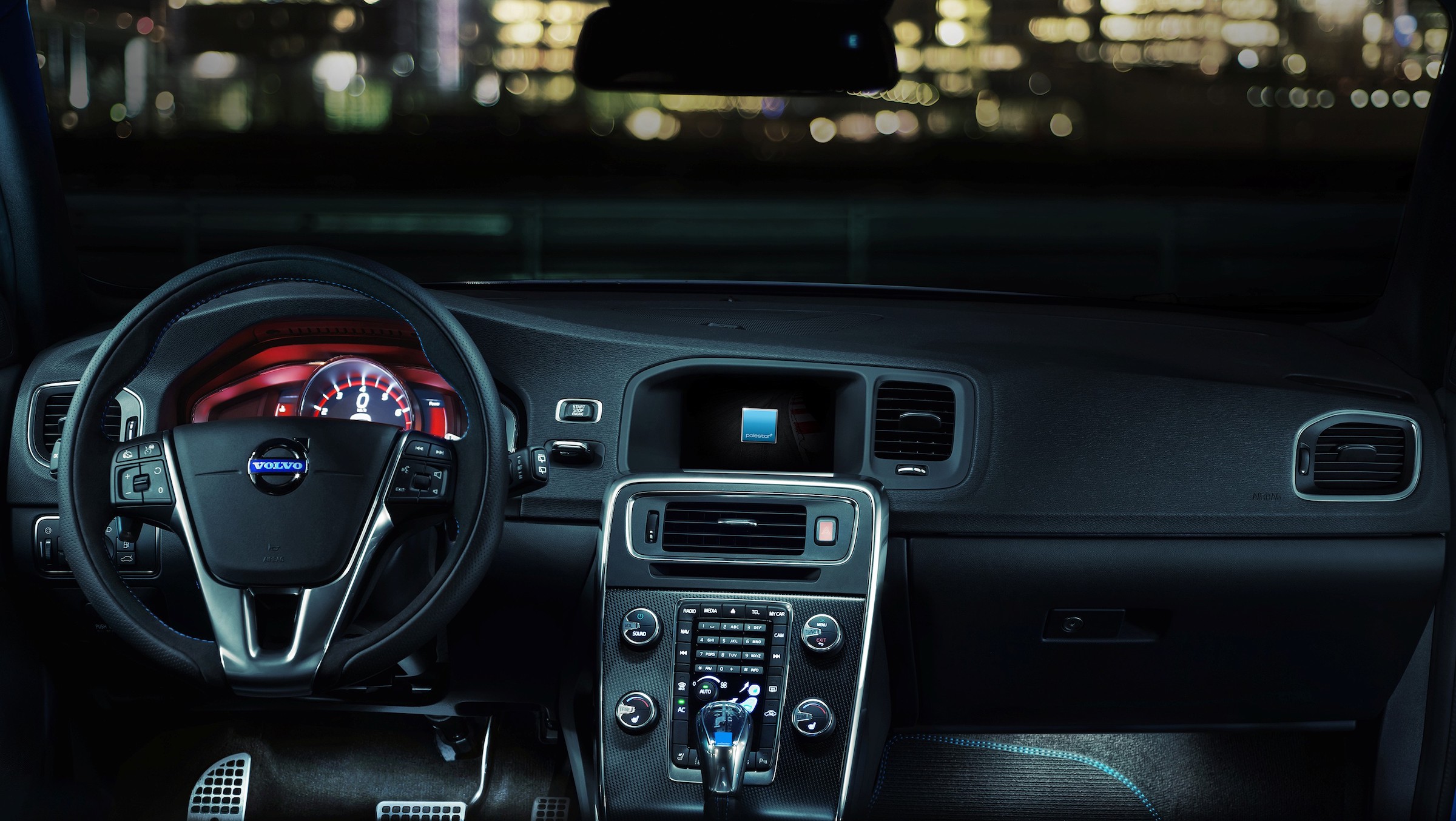
And that’s why the four-cylinder that replaced it was never quite the same, despite extra power. Just as the four-cylinder Boxsters and Caymans felt like a letdown despite their obvious talents, it’s a hard pill to swallow losing two cylinders off a genuinely engaging engine.
Future Polestars won’t even get that: now spun off into its own brand under the Geely umbrella, Polestar has become a kind of luxury, electrified offshoot from Volvo, rather than its performance arm. The Rebel Blue paint has gone, and exotic Polestar One aside, so have the engines.
The One is another future classic in waiting, but when enthusiasts of Swedish cars are clamouring for the best Volvo had to offer in coming years, it’s the V60 Polestar we reckon will find the most fans.
Read more
Class of ’22: Volvo 850 R
7 rapid executive cars that gave Germany a fright
Volvo P1800 Cyan review: It doesn’t get much better than this










Such a shame for Volvo to have been misdirected into all electric When an engine powered by Hydrogen generated via on board batteries and water makes far better sense